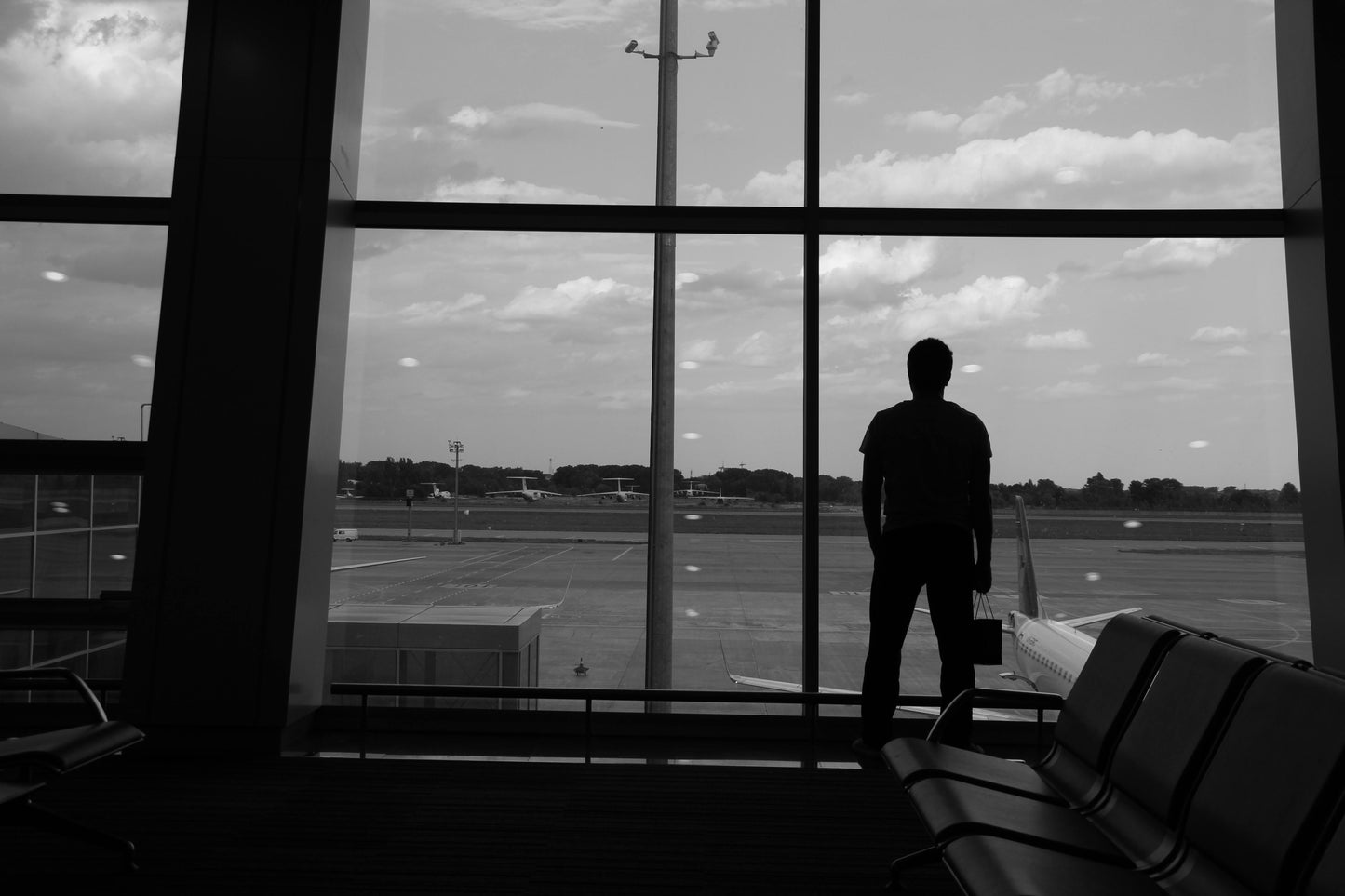
Kore Aviation - Common student pilot mistakes are part of the learning process, but knowing what to expect can help you avoid delays and frustration in your training. From skipped checklists to nervous radio calls, these missteps are often repeated by beginner aviators.
The good news? Every mistake is an opportunity to grow. With awareness, coaching, and the right tools, you can overcome these early challenges and build a solid foundation as a confident pilot.
Let’s break down the most common student pilot mistakes and what you can do to prevent them.
Why Student Pilots Make Mistakes
Mistakes happen because learning to fly involves multitasking, quick decision-making, and new terminology. Flight training is fast-paced and requires focus. You are managing checklists, controls, weather, radio, and more, often all at once. It’s only natural that errors occur, especially at the beginning.
But knowing the most frequent issues puts you ahead of the curve.
1. Not Using the Checklist
Skipping the preflight or in-flight checklist is one of the top common student pilot mistakes. You might think you remember every step, but even seasoned pilots can forget important details without a checklist.
Tip: Treat your checklist like a lifeline. Read it out loud and follow each step—even when flying the same aircraft every time.
2. Poor Radio Communication
Nervous on the mic? You're not alone. Many students struggle with radio calls, especially under pressure. They either talk too fast or forget what to say.
Tip: Use the “Who-You-Are-Where-You-Are-What-You-Want” rule. Listen to LiveATC.net and practice mock calls with your instructor.
Pro Tip: Use a noise-canceling headset like the Kore Aviation KA-1 for crystal-clear radio communication.
See full headset guide on How to Choose and Test an Aviation Headset Before Your First Flight
3. Forgetting to Fly the Plane First
During a lesson, it’s easy to get distracted with checklists, navigation, or weather updates. Many students forget their primary task, fly the airplane.
Tip: Aviate, navigate, communicate, in that order. Focus on aircraft control before anything else.
4. Rushing Preflight or Taxi
Students often feel pressure to rush through preflight inspection or taxi to save time. But cutting corners increases risk and can lead to overlooked problems.
Tip: Slow down. Thorough preflight and smooth taxi operations show professionalism and attention to safety.
5. Not Maintaining Proper Situational Awareness
Getting lost in a checklist or talking with ATC may cause you to miss traffic or lose track of your position.
Tip: Always monitor heading, altitude, and traffic. Use verbal reminders with your instructor if needed.
6. Overcorrecting During Maneuver
A common problem in airwork is over-controlling. Students often make big, aggressive control inputs that lead to more instability.
Tip: Use small, smooth corrections. Think fingertip flying, not full-arm wrestling.
7. Being Too Hard on Yourself
Flying is complex, and progress isn’t always linear. Some students expect perfection and get discouraged when they fall short.
Tip: Celebrate small wins. Every pilot has off days. Focus on learning, not just performing.
8. Not Asking Enough Questions
Some students stay quiet because they don’t want to look unprepared. But silence leads to confusion and repeated mistakes.
Tip: Ask every question, no matter how small. Your instructor’s job is to support your learning.
9. Ignoring Weather Factors
Relying too much on apps or forgetting to check the weather thoroughly can create unsafe scenarios or lesson cancellations.
Tip: Use multiple sources, METARs, TAFs, and your instructor’s judgment. Build a habit of weather briefings.
Discover More: What Aviation Survival Equipment Do Pilots Need to Stay Safe?
10. Not Logging and Reviewing Flights
Many students forget to log notes after lessons or review their progress. That means they repeat mistakes and miss learning opportunities.
Tip: Write down post-lesson takeaways and revisit them before your next flight. Use a logbook and a training journal.
For more training tips and headset advice, read our complete blog for student pilots and stay one step ahead in your aviation journey.
FAQs: Common Student Pilot Mistakes
-
What is the most common mistake new pilots make?
Skipping the checklist or rushing through preflight is among the most common and avoidable errors. -
How can I improve my radio communication?
Practice with mock scripts, use a quality headset, and listen to live airport radio feeds. -
Should I solo if I still make mistakes?
Minor mistakes are normal. Your instructor will only sign you off when you’re ready to handle the plane safely alone. -
Is it normal to feel overwhelmed in early lessons?
Absolutely. Everyone feels overloaded at first. The key is to stay consistent and ask questions. -
How do I build confidence as a student pilot?
Prepare well, review lessons, and fly regularly. Confidence builds with repetition and solid habits. -
What gear helps reduce training mistakes?
A reliable aviation headset like the Kore Aviation KA-1 improves communication and reduces distractions. -
Should I wait until I’m more experienced to buy a headset?
No. A good headset helps from day one. It improves comfort and communication, two things you need right away. -
What tools help track mistakes?
Use a flight journal. After each lesson, write down what went well, what didn’t, and what you’ll practice next time. -
Do most students solo on time?
Most do. If not, it’s often due to a few common mistakes that are easy to correct with focus and feedback.
Final Thoughts
Every one of these common student pilot mistakes is part of the learning curve. By being aware, asking questions, and staying focused, you’ll become a safer, more confident pilot faster. Flight training isn’t about being perfect, it’s about being prepared.
Want to cut through cockpit noise and hear ATC clearly? Get a Kore Aviation headset today and start each lesson with confidence.
